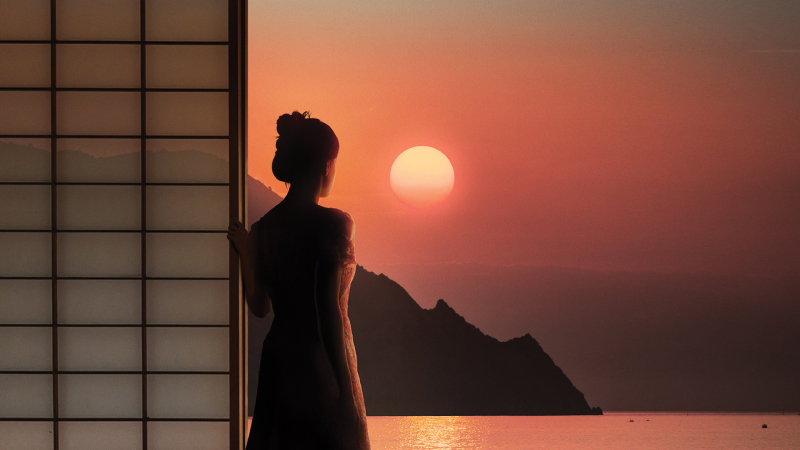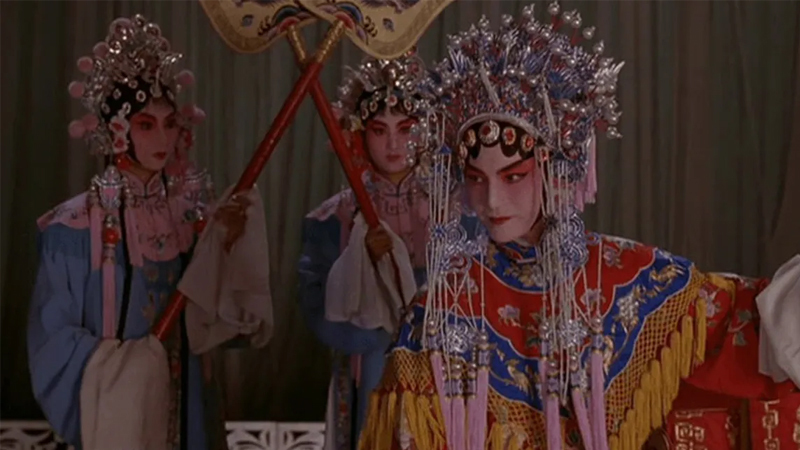-
5 Things to Know about MADAMA BUTTERFLY
By COC StaffPosted in 24/25 Season
One of opera’s greatest tales of unrequited love, Puccini’s Madama Butterfly recounts the devotion of a young Japanese woman to a departed American naval officer, whose eventual return brings with it heartbreaking tragedy. Puccini’s opulent score remains unrivalled for its beauty and dramatic impact, making Butterfly one of the world’s most beloved and frequently performed operas to this day.
Read on for 5 Things To Know about Madama Butterfly before joining us at the opera house!
SUBSCRIBE NOW
The Butterfly EffectPuccini based his opera on David Belasco’s one-act play, Madame Butterfly: A Tragedy of Japan, which premiered in New York in 1900. Belasco’s play was itself a dramatisation of the 1898 short story “Madame Butterfly” by John Luther Long, which had been inspired by Pierre Loti’s 1887 French novel Madame Chrysanthème—a journalised account by an American naval officer who is briefly married to a Japanese woman in Nagasaki.
If at first you don’t succeed…
Puccini’s Madama Butterfly premiered on February 17, 1904 at Milan’s La Scala, where it was a flop with audiences and critics alike, partly due to severely limited rehearsal time. After undergoing several revisions, including dividing the second act into two, the opera was restaged three months later in Brescia to wide acclaim. In both the original and revised versions, Act II features Cio-Cio San’s aria of love and longing, “Un bel dì vedremo” (“One fine day we’ll see”), which remains one of the most popular in the soprano repertoire.A defining performance
Famed Japanese opera singer Tamaki Miura won international acclaim for her performances as Cio-Cio San between 1915 and 1920 in London and across America; these were followed by appearances in Monte Carlo, Barcelona, Florence, and Rome. A memorial to her was dedicated in the Glover Garden in Nagasaki, where the opera takes place, in 1963; a statue of Puccini later joined it, donated in 1996 by the composer’s home province of Lucca.

A kaleidoscope of descendantsMadama Butterfly has inspired countless creative interpretations in the 120 years since its first appearance. These have included silent films in 1915 and 1919—the first starring Mary Pickford and the second directed by Fritz Lang—as well as a 1922 silent colour film, The Toll of the Sea, which relocated the action to China. A 1932 dramatisation starring Cary Grant appeared in 1932. Subsequent television, film, and stage adaptations have appeared in Thai, German, and Chinese, among other languages; the opera has also inspired a ballet, a Japanese-language novel and television series, the musical Miss Saigon, as well as the 1996 rock album Pinkerton by Weezer. To mark the opera’s centenary, Japanese composer Shigeaki Saegusa composed Jr. Butterfly—about the fate of Cio-Cio San’s son—to a libretto by Masahiko Shimada.
Not without controversyLong considered problematic for its use of ethnic stereotypes, Madama Butterfly continues to provoke discussions about cultural appropriation in contemporary productions. Interestingly, Puccini’s notebooks reveal sketches for scenes that didn’t make it into the final opera, including one scene set at the U.S. Consulate in which Cio-Cio San assertively defends herself to Pinkerton’s American wife, after Kate taunts her as a mere “plaything.” The opera’s anti-American and anti-colonial themes, highlighted by Pinkerton’s crude jingoism and treatment of Cio-Cio San, position Cio-Cio San as a courageous, though wronged, woman who ultimately dies as she loves: with honour, and fearlessly.
Madama Butterfly runs from January 24 - February 14, 2025 at the Four Seasons Centre for the Performing Arts.
